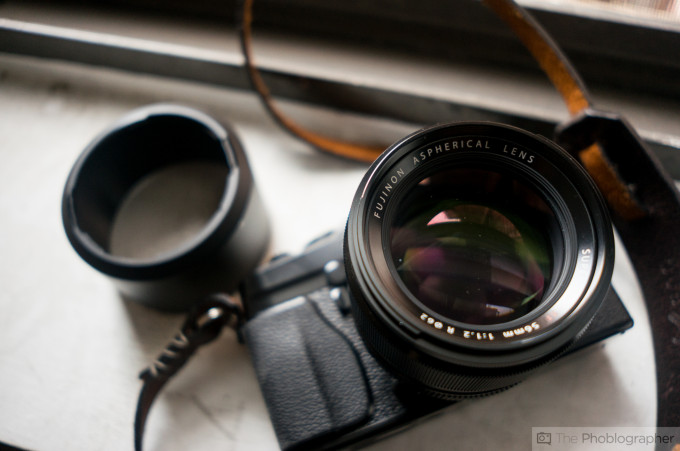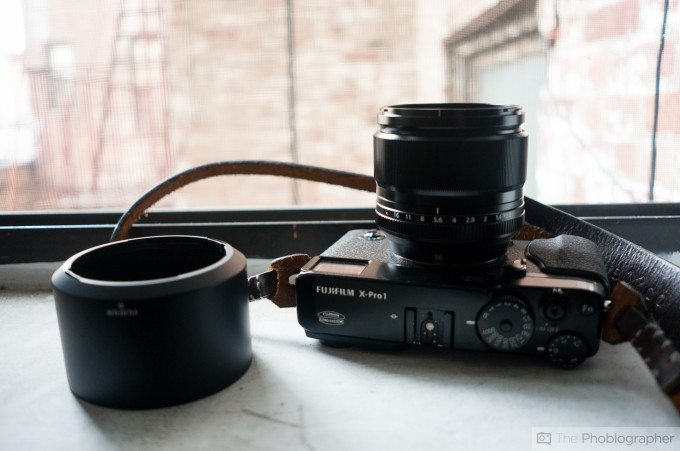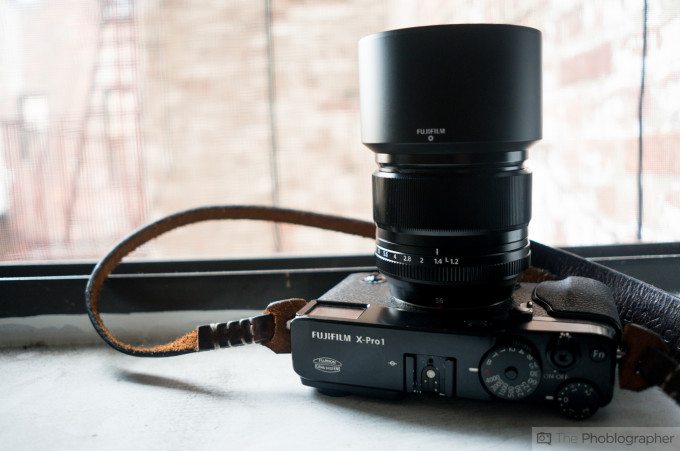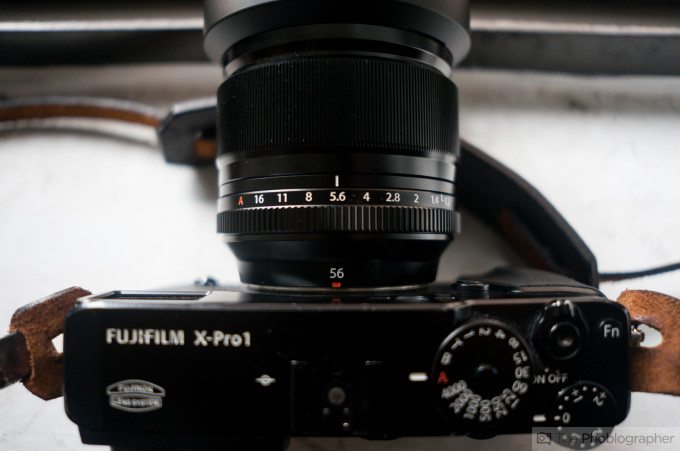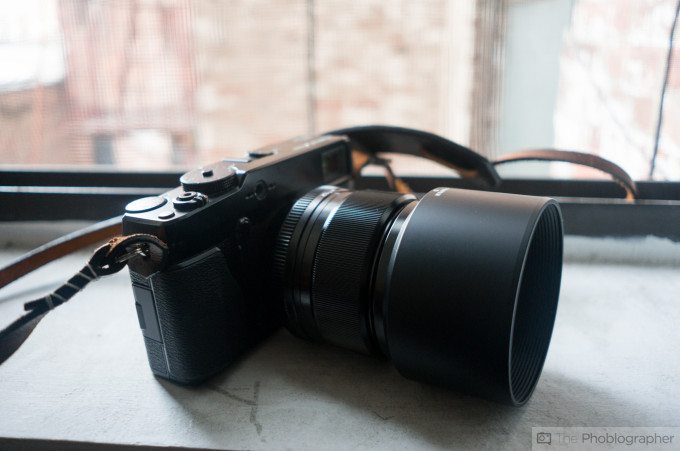When Fujifilm first announced their 56mm f1.2 lens, everyone got excited. The company announced an f1.2 lens for an APS-C sensor system–truly making it the fastest aperture lens for a mirrorless camera system with autofocus capabilities (Panasonic’s 42.5mm f1.2 has more in focus at a given aperture due to the smaller Micro Four Thirds sensor.) and despite the fact that it’s real full frame depth of field equivalent is around f2, that’s still not so bad. With seven aperture blades and a field of view of 84mm, this is perhaps one of Fujifilm’s most specialized lenses ever due to the fact that it begs to shoot portraits.
Tech Specs
Taken from the Adorama listing of the product
| Lens type | XF56mmF1.2 R |
| Lens construction | 11 elements in 8 groups (includes 1 aspherical and 2 extra low dispersion elements) |
| Focal length (35mm format equivalent) | f=56mm (85mm) |
| Angle of view | 28.5Deg. |
| Max. aperture | F/1.2 |
| Min. aperture | F16 |
| Aperture control | Number of blades: 7 (rounded diaphragm opening) Stop size: 1/3EV (20 stops) |
| Focus range | Normal: 27.5″/0.7m – to infinity Macro 27.5″/ 0.7m to 10’/3m |
| Max. magnification | 0.9x |
| Filter size | 62mm |
| External dimensions | 73.2mm diameter x 69.7mm length |
| Weight | 405g (14.28oz) |
Ergonomics
Fujifilm’s 56mm f1.2 lens is a beast for a mirrorless camera lens–but it’s still also quite a beautiful one. After shooting with many other systems for the purposes of reviewing for the site, Fujifilm cameras and lenses always feel like I’m coming back home due to my analog and Leica background. With their aperture rings and nostalgic feel, there is very little to complain about.
However, the lens is a tad large even without the lens hood on.
The 56mm f1.2 has a traditional aperture ring with a clear marking for f1.2–the lens’s max aperture setting. In addition to this, it has a very smooth focusing ring that dominates most of the camera body. This ring helps to also add grip for the user.
The aperture ring clicks into place in thirds of stops. It’s quite a lovely feel and can help you make decisions quickly just by feeling the number of clicks. For example, you’ll know that there are a certain number of clicks between f1.4 and f2 and eventually it will become muscle memory.
Autofocus
Somehow or another, Fujifilm has made the 56mm f1.2 focus just as fast as the company’s 35mm f1.4. The latter is my personal favorite lens for its quality in combination with small size. But the 56mm f1.2 is heavier and larger, but it still manages to focus quickly.
On the X Pro 1, we only ran into one misfocus situation in low lighting. But we’ve only really been using the lens for less than a day at the moment of writing this.
Build Quality
The lens has a very solid construction and if anything feels a bit like a tangerine in size. However, when you wrap your fingers around it you’ll know that you’re holding a Fujifilm lens. The aperture ring makes those beautiful clicks and the focusing ring is the smoothest to focus that the company has built.
Despite this though, I’d still be too afraid to use it without the lens hood.
Ease of Use
This is a lens that like many of Fujifilm’s others, should be in the hands of experienced users. Not many modern photographers will understand the concept of an aperture ring unless you have classical training–and the same goes for newbies who may knock it off auto mode and not know what they’re doing wrong.
Image Quality
Here are a couple of first samples. EXIF data is in the file name:

Shot wide open at f1.2.
Model: Kita St Cyr
First Impressions
So far we don’t have very much to complain about with Fujifilm’s 56mm f1.2 except that we wish that the lens had a dabble of Zeiss’s micro contrast. It feels great and delivers beautiful images with the right settings or the right massaging of a file in Adobe Lightroom.
We will have to spend more time with the lens, but considering how fast it focuses and the image quality that we’re seeing so far, there is very little to not like.
For more, please follow us on Facebook, Google+, Flickr and Twitter.


